One of the most well-known and long-lasting RPG franchises originating from Japan is Final Fantasy. It was first created by Hironobu Sakaguchi in 1987. Final Fantasy has become a global phenomenon and is the flagship franchise of its publisher, Square Enix.
With the release of Final Fantasy XVI and the continuation of the Final Fantasy VII Remake trilogy, it can be overwhelming for new players to dive into the expansive franchise. Thankfully, Gamerode is here to provide guidance and help you navigate through the world of Final Fantasy games in order.
While the majority of the mainline Final Fantasy games have their own self-contained narratives, featuring distinct settings and characters, some of these main entries have been followed by sequels and remakes.
This article presents a comprehensive list of all the mainline Final Fantasy games, arranged in both the order they were released and the chronological order of their stories. It also explores the connections between these foundational installments and their corresponding sequels and remakes.
You Might Also Like:
- Resident Evil Games in Order
- God of War Games in Order
- GTA Games in Order
- Call of Duty Games in Order
Which Final Fantasy Game Should You Play First?
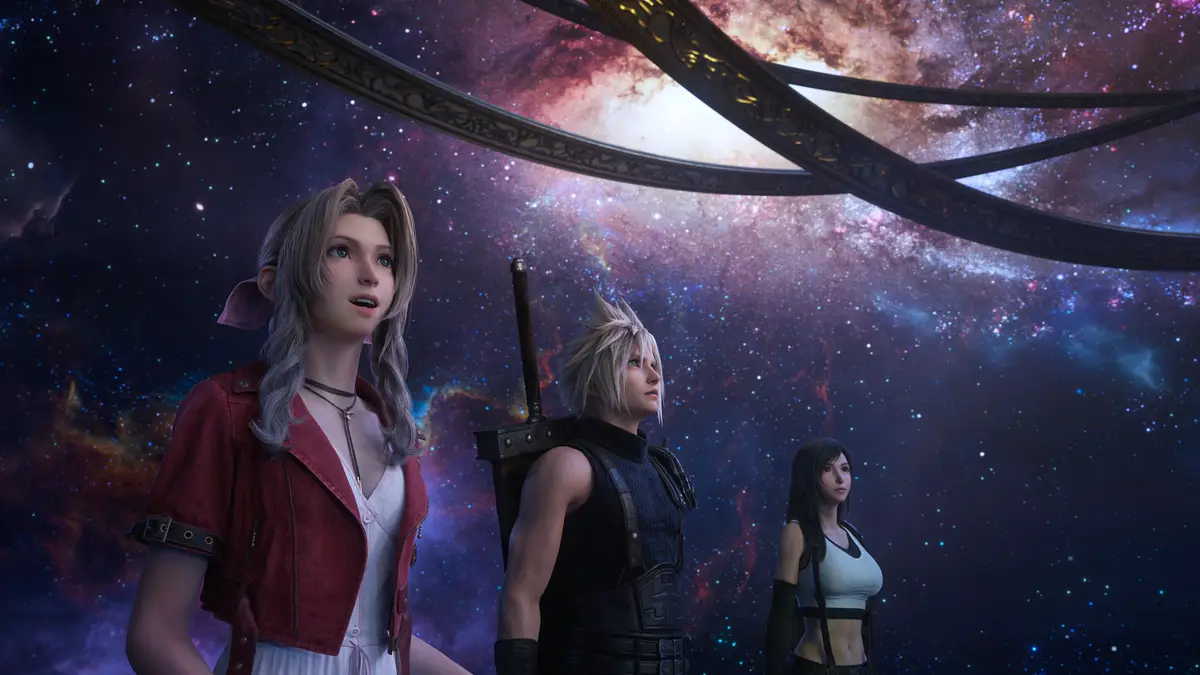
When looking at the entirety of the Final Fantasy series, it can feel overwhelming due to the extensive amount of content available to explore. If you’re new to the franchise and want to start off with a more accessible entry, we suggest beginning with Final Fantasy VII.
This particular game made a significant impact on the gaming industry, thanks to its user-friendly gameplay and combat systems, notably the Limit Break system. Additionally, Final Fantasy VII introduced us to iconic and memorable characters such as Cloud, Tifa, Aerith, Barret, and Sephiroth.
In fact, its popularity even led Square to collaborate with Disney and create Kingdom Hearts, allowing for the crossover between Final Fantasy and Disney characters.
The Final Fantasy series has seen the release of various games over the years, and one notable entry is Final Fantasy VII. This game not only introduced a feature-length CGI film but also received a remake called Final Fantasy VII Remake.
While the remake boasts improved graphics, it stays true to the original story, exploring themes of pro-environmentalism, identity, and coping with loss. These elements were not present in previous Final Fantasy stories.
Final Fantasy games in release date order
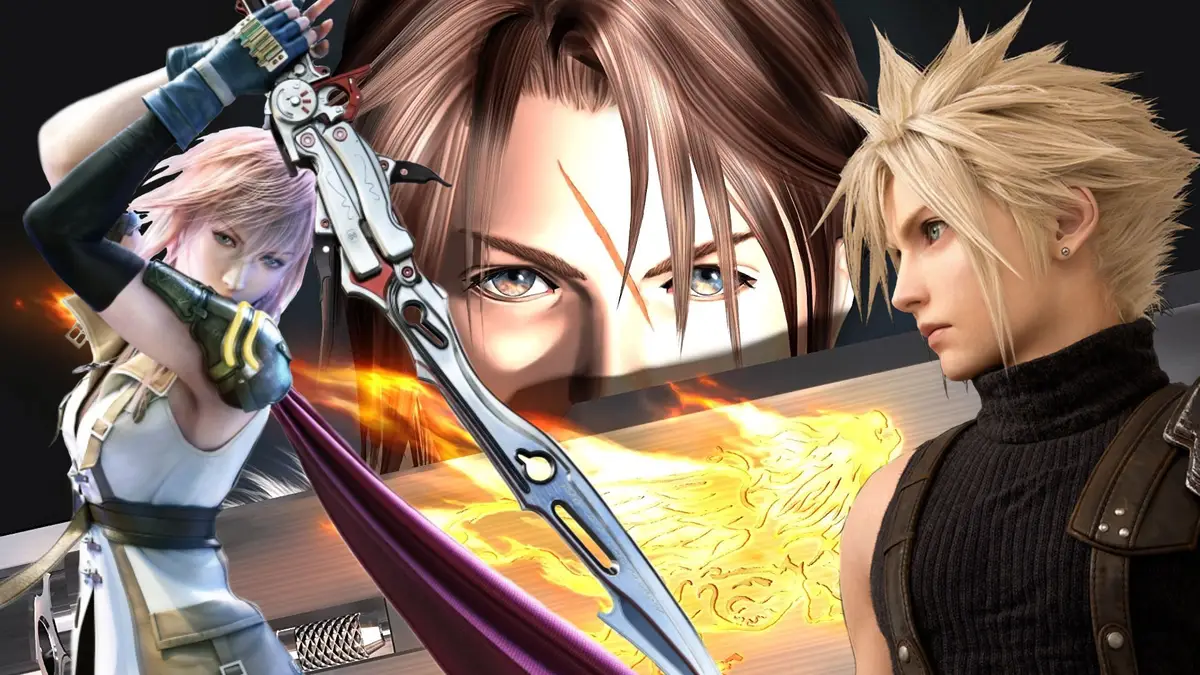
To experience the Final Fantasy games in the correct order, it is recommended to follow their release dates. This is the preferred method for long-time fans who have been playing the games since the beginning. Before we proceed with the list, we will present the games in the order they were originally released in Japan, along with their titles and platforms.
Here are the Final Fantasy games in release date order:
- Final Fantasy (1987 | NES)
- Final Fantasy II (1988 | NES)
- Final Fantasy III (1990 | NES)
- Nintendo DS remake (2006)
- Final Fantasy IV (1991 | SNES)
- Nintendo DS remake (2007)
- Final Fantasy V (1992 | SNES)
- Final Fantasy VI (1994 | SNES)
- Final Fantasy VII (1997 | PS1)
- Final Fantasy VII Remake (2020 | PS4)
- Final Fantasy VII Rebirth (2024 | PS5)
- Final Fantasy VIII (1999 | PS1)
- Final Fantasy IX (2000 | PS1)
- Final Fantasy X (2001 | PS2)
- Final Fantasy XI: Online (2002 | PS2, PC)
- Final Fantasy X-2 (2003 | PS2)
- Dirge of Cerberus: Final Fantasy VII (2006 | PS2)
- Final Fantasy XII (2006 | PS2)
- Final Fantasy XII: Revenant Wings (2007 | DS)
- Crisis Core: Final Fantasy VII (2007 | PSP)
- Remake as Crisis Core: Final Fantasy VII Reunion (2022 | PC, Switch, PS4, PS5, Xbox One, Xbox Series X/S)
- Final Fantasy IV: The After Years (2008/2009 | Smartphones, Wii)
- Final Fantasy XIII (2009 | PS3, Xbox 360)
- Final Fantasy XIV: Online (2010 | PC)
- Final Fantasy XIII-2 (2011 | PS3, Xbox 360, PC)
- Lightning Returns: Final Fantasy XIII (2013 | PS3, Xbox 360, PC)
- Final Fantasy XIV: A Realm Reborn (2013 | PC, PS3)
- Final Fantasy XV (2016 | PS4, Xbox One)
- Stranger of Paradise: Final Fantasy Origin (2022 | PS4, PS5, Xbox One, Xbox Series X/S, PC)
- Final Fantasy XVI (2023 | PS5)
- Final Fantasy VII: Ever Crisis (2023 | iOS, Android)
Final Fantasy Games in Chronological Order
If you’re looking to fully immerse yourself in the Final Fantasy series and play all the games in the correct order, here is a comprehensive list of the games and their recommended sequence. While it’s worth noting that you can play the mainline numbered games in any order without losing out on the overall experience, as there is no direct story continuity between them.
1. Stranger of Paradise: Final Fantasy Origin

The storyline of Stranger of Paradise: Final Fantasy Origin unfolds in the kingdom of Cornelia, which is a darker and more fantastical version of the original setting in the first Final Fantasy game. The protagonist, Jack Garland, embarks on a journey alongside his companions and fellow Warriors of Light named Ash, Jed, Neon, and Sophia.
Each of them possesses a corrupted crystal symbolizing different elements such as earth, wind, fire, and water. Their mission is to locate Chaos and eliminate him, thus restoring light to the world. However, as the story progresses, doubts start to arise among the Warriors, questioning the validity of their designated roles as heroes.
In the Final Fantasy games, players have the ability to change their characters’ jobs at any time. However, when playing as Jack, the player character, you can only switch between two different positions.
Regardless of Jack’s job title, he possesses a powerful finishing move that turns enemies into crystals and breaks them, which in turn replenishes a portion of his magic meter. This move can only be performed once the enemy’s break gauge is fully depleted.
2. Final Fantasy
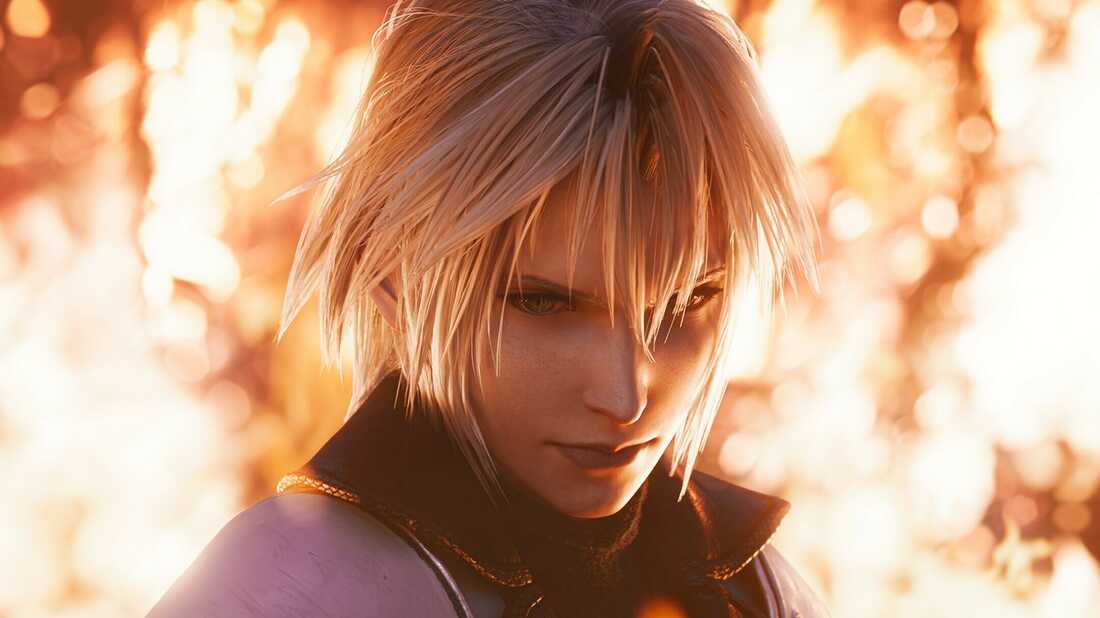
In the future, long after the events of Stranger of Paradise, the Final Fantasy series presents four fresh and young Warriors of Light. These warriors bear orbs that symbolize the four elements, which have been corrupted by the Elemental Fiends.
Initially, their mission is to rescue Princess Sarah from the malevolent knight Garland, as assigned by the King of Cornelia. However, their adventure takes a wider scope as they strive to defeat the fiends and restore the orbs to their original state, ultimately bringing salvation to the world by averting eternal darkness.
The title “Final Fantasy Games in Order” originated from the creator of the series, Hironobu Sakaguchi, who threatened to quit the gaming industry and return to university if the game did not sell well.
Square Enix also faced the possibility of bankruptcy, considering the game as their last chance. However, the game exceeded expectations, selling more than 1.3 million copies globally and earning over $21 million in revenue. This success not only saved the company but also secured Sakaguchi’s future in the gaming industry.
3. Final Fantasy II

The characters in Final Fantasy II, Firion, Guy, Maria, and Leon, experience a tragic event where their hometown is destroyed and their parents are killed by the Palamecian Empire. This leaves them as orphans.
Despite being initially considered too young to join the army by Princess Hilda, they decide to join the Wild Rose Rebellion. With Hilda’s guidance, they embark on a journey to thwart Emperor Mateus’ evil intentions of world domination with his demonic creatures.
In contrast to the original Final Fantasy game, its sequel did not feature a character creation or job system. Square made this decision to prioritize a more narrative-focused experience rather than emphasizing complex gameplay mechanics.
This installment is significant as it introduced two iconic elements that would become synonymous with the series: chocobos and the recurring character Cid, who is an inventor.
4. Final Fantasy III

A quartet of abandoned teenagers, namely Arc, Refia, Luneth, and Ingus, find themselves inexplicably attracted to a luminous crystal within the Altar Cave following a devastating earthquake in their hometown of Ur. This crystal bestows upon the youths a fraction of its power, their initial job assignments, and tasks them with the mission of reinstating harmony to the entire world.
The job-change system in Final Fantasy III sets it apart as the first game in the series to offer players the ability to switch between different character classes. This feature allows players to customize their characters’ abilities and tactics when facing monsters.
Unlike previous games, where characters were locked into a single job, players can now experiment with various job options to find the best fit for each character. The 2006 Nintendo DS remake of Final Fantasy III preserved the core elements of the original game while also enhancing the characters’ personalities to make them more complex and multi-dimensional.
5. Final Fantasy IV
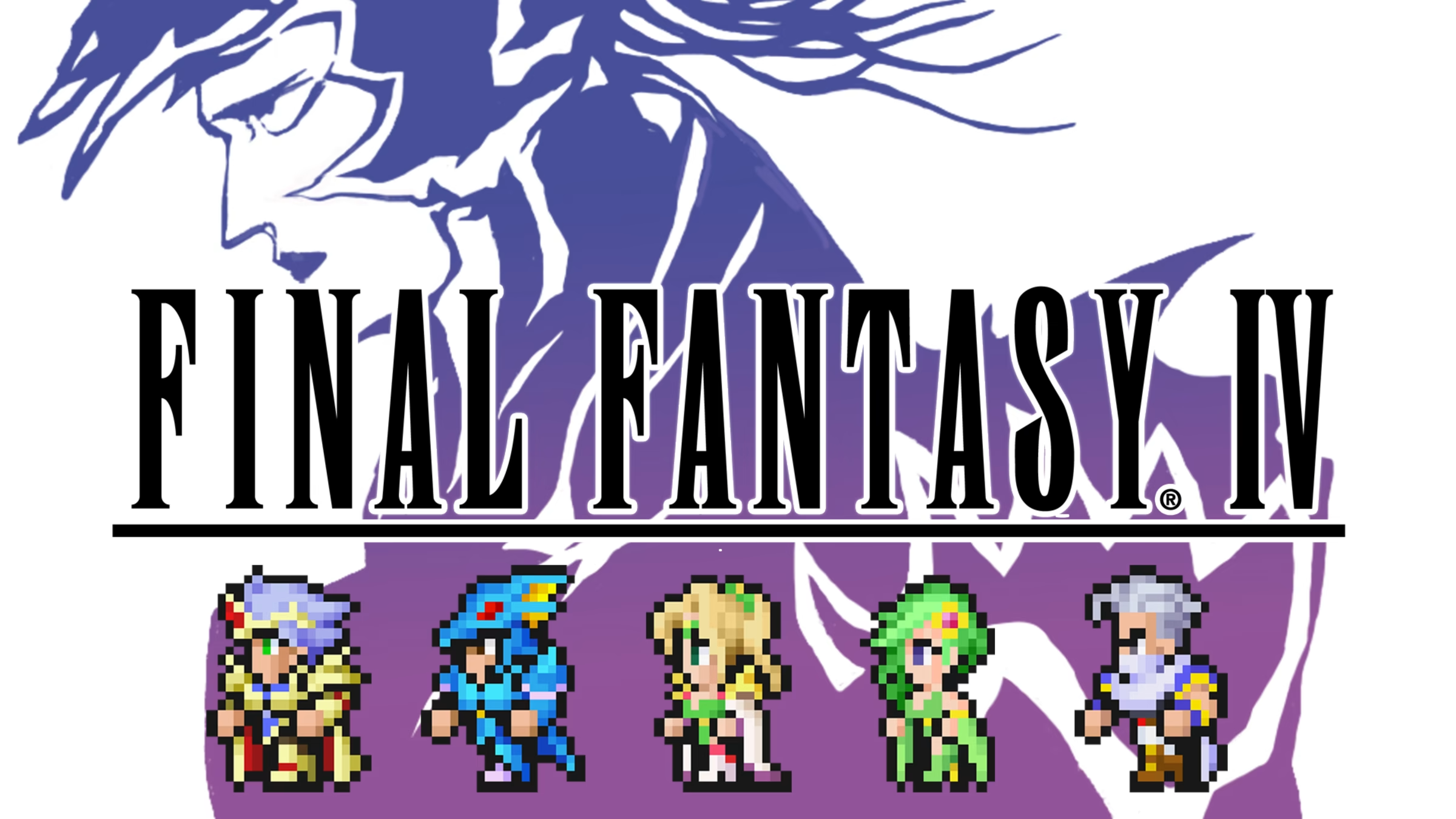
In the game Final Fantasy IV, the story revolves around a character named Cecil Harvey, the captain of the Red Wings. Cecil begins to doubt the intentions of the King of Baron when he and his knights steal the Water Crystal from Mysidia during a raid.
As a consequence of his perceived disloyalty, the king strips Cecil of his title. Determined to make things right, Cecil embarks on a journey with his friend Kain Highwind and other companions they meet along the way. Their mission is to prevent the sorcerer Golbez from obtaining the remaining crystals and ultimately save the world.
Final Fantasy IV was the game that first introduced the innovative Active Time Battle (ATB) system. This new system enabled characters to execute their moves as soon as their gauge was completely filled. Unlike the previous Final Fantasy games, which only allowed a party of four, Final Fantasy IV expanded the party size to accommodate up to five characters.
6. Final Fantasy V
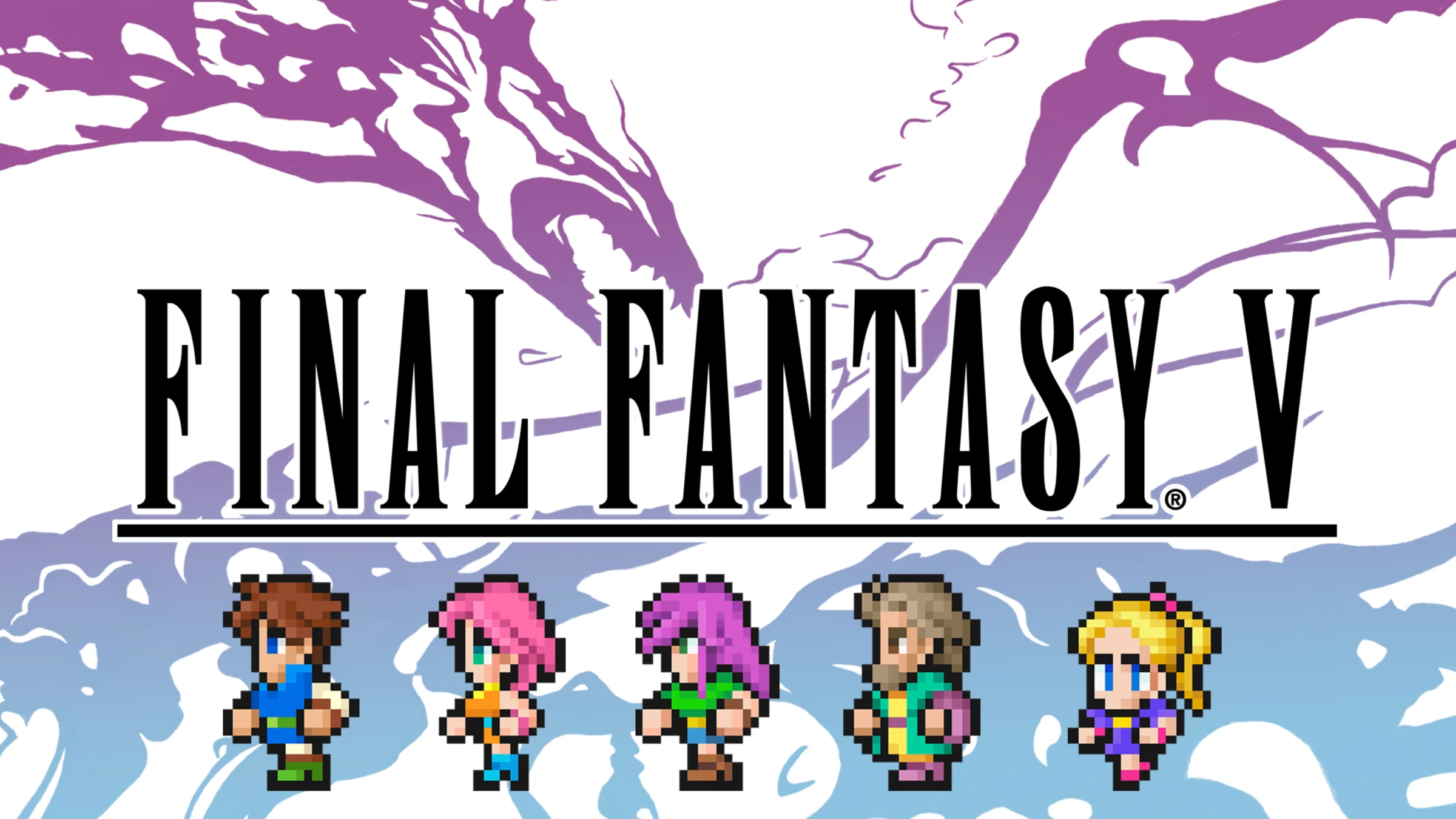
In the game, “Final Fantasy V,” the main character, Bartz Klauser, stumbles upon a meteor that has fallen to the ground. Within the meteor, he discovers four individuals, one of whom is Lenna, the daughter of King Tycoon. Together, they embark on a thrilling journey to protect the Crystals from destruction.
This destruction is caused by Exdeath, a powerful being who seeks to break free from his imprisonment and harness the power of the Void. As the story unfolds, the group becomes known as the Warriors of Light and must focus their efforts on defeating Exdeath and preventing the world from being consumed by darkness.
In the game Final Fantasy V, the job system was enhanced, offering players a wide selection of over 21 different jobs to choose from. This allowed for a more diverse and engaging gameplay experience. Additionally, players had the opportunity to combine skills acquired from different jobs to strategize and overcome difficult dungeons and formidable bosses.
7. Final Fantasy VI
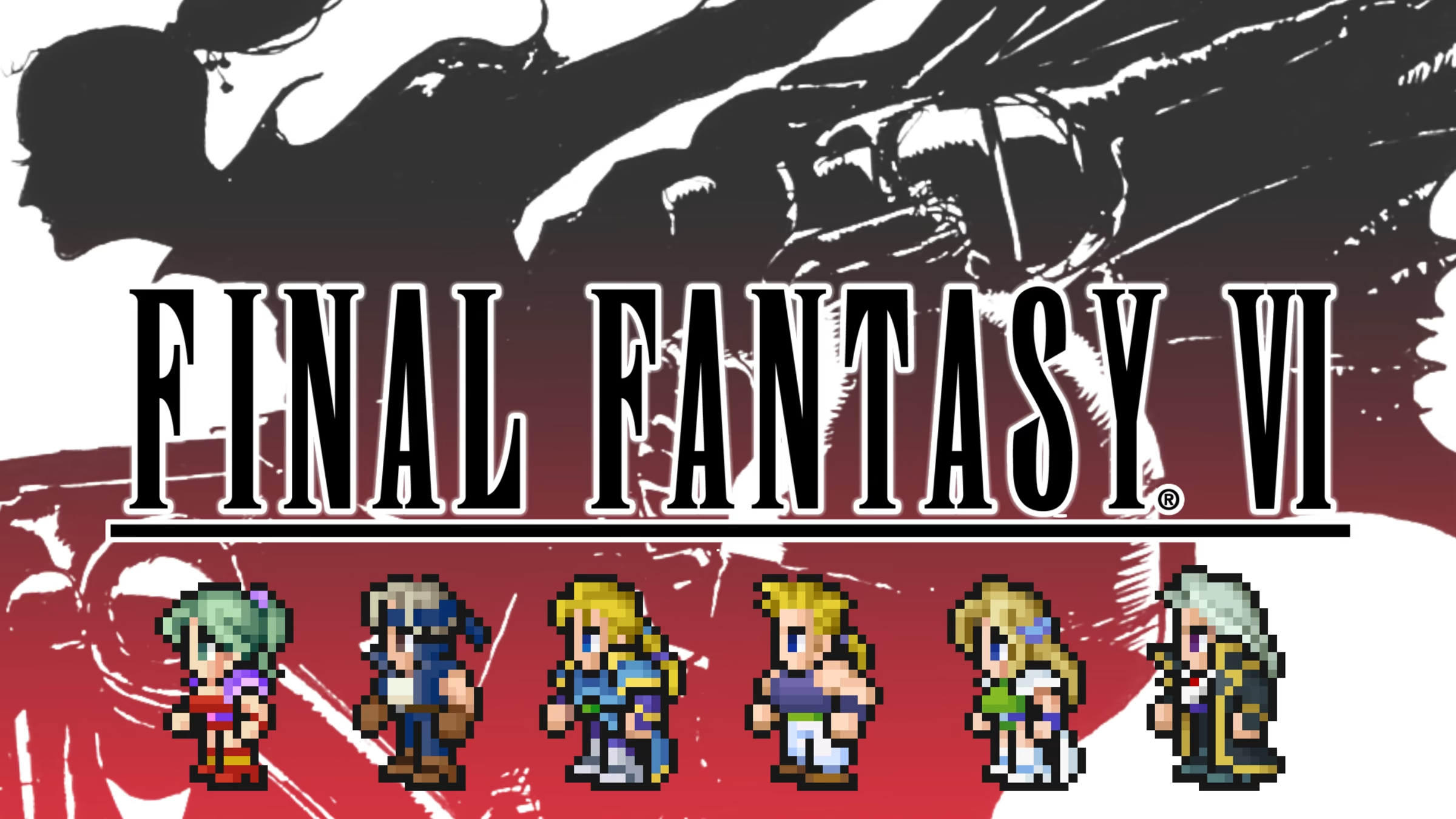
Final Fantasy VI takes place in a steampunk-inspired world that closely resembles the technology of the Second Industrial Revolution. The game revolves around a group of rebels called the Returners who are engaged in a battle against the powerful Gesthalian Empire.
The empire has acquired the ability to dominate the world by conducting experiments on magical beings known as Espers. Led by Terra Branford, a former imperial soldier suffering from amnesia, the Returners strive to liberate the regions under Gesthalian control and bring an end to the empire’s tyrannical rule.
The game known as Final Fantasy VI, or Final Fantasy III in North America, had to undergo heavy censorship due to the policies of Nintendo of America during that time. Despite this, it offers players the opportunity to choose from a whopping 14 playable characters, which is the largest cast in the history of the series.
The game also explores mature themes such as immoral military dictatorship, the use of chemical weapons in warfare, the pursuit of a magical arms race, personal redemption, and the renewal of hope and life. It’s worth noting that Final Fantasy VI also marks the first time that Sakaguchi, the previous director, passed the torch to Yoshinori Kitase.
8. Crisis Core: Final Fantasy VII

Crisis Core: Final Fantasy VII takes place in Midgar, seven years prior to the events of Final Fantasy VII. The game revolves around Zack Fair, a young SOLDIER who is tasked with finding the missing SOLDIER and defector, Genesis Rhapsodos. Genesis has gone on a rampage for unknown reasons.
As Zack searches for Genesis, he uncovers the truth about Genesis’ origins and his connection to Project G, also known as the Jenova project. This project involves injecting Jenova DNA into high-ranking SOLDIERs like Genesis. Eventually, Zack confronts Genesis and other individuals who have been affected by the project in epic battles.
The game Crisis Core: Final Fantasy VII gained attention for delving into the emotional side of Sephiroth, who was once a highly regarded SOLDIER before descending into madness upon learning the disturbing truth about his own creation.
The game also sheds light on Cloud Strife’s experiences as a SOLDIER before he left the Shinra Electric Power Company. Originally available exclusively on the PSP, Crisis Core: Final Fantasy VII Reunion was later remastered for multiple platforms, including PS5, PS4, Xbox Series X/S, Xbox One, and Nintendo Switch, to commemorate the 25th anniversary of Final Fantasy VII.
9. Final Fantasy VII

In one of the most well-known games of the series, Cloud Strife, a former SOLDIER who now works as a mercenary, joins Avalance, a group led by Barett Wallace, to fight against Shinra. Shinra is a company that is mining mako, a valuable energy source, from the planet for their own profit.
At first, Cloud’s motivation is driven by personal gain and a promise he made to Tifa Lockhart when they were young. However, as the game progresses, he forms friendships with other members of Avalanche, including Aerith Gainsborough. Together, they work to save Midgar from both Shinra and Sephiroth. Sephiroth is determined to destroy the planet in order to be reborn as a demigod.
Final Fantasy VII gained immense popularity by retaining the Active Time Battle (ATB) system and introducing Materia. Its success led to the inclusion of many of its characters in the Kingdom Hearts series and the creation of the CGI sequel film, Final Fantasy VII: Advent Children.
Furthermore, a full remaster of the game titled Final Fantasy VII Remake has been developed and will be released in three parts. The initial part was already launched in 2020, while the second part, Final Fantasy VII Rebirth, is scheduled for a Winter 2023 release.
10. Final Fantasy VIII
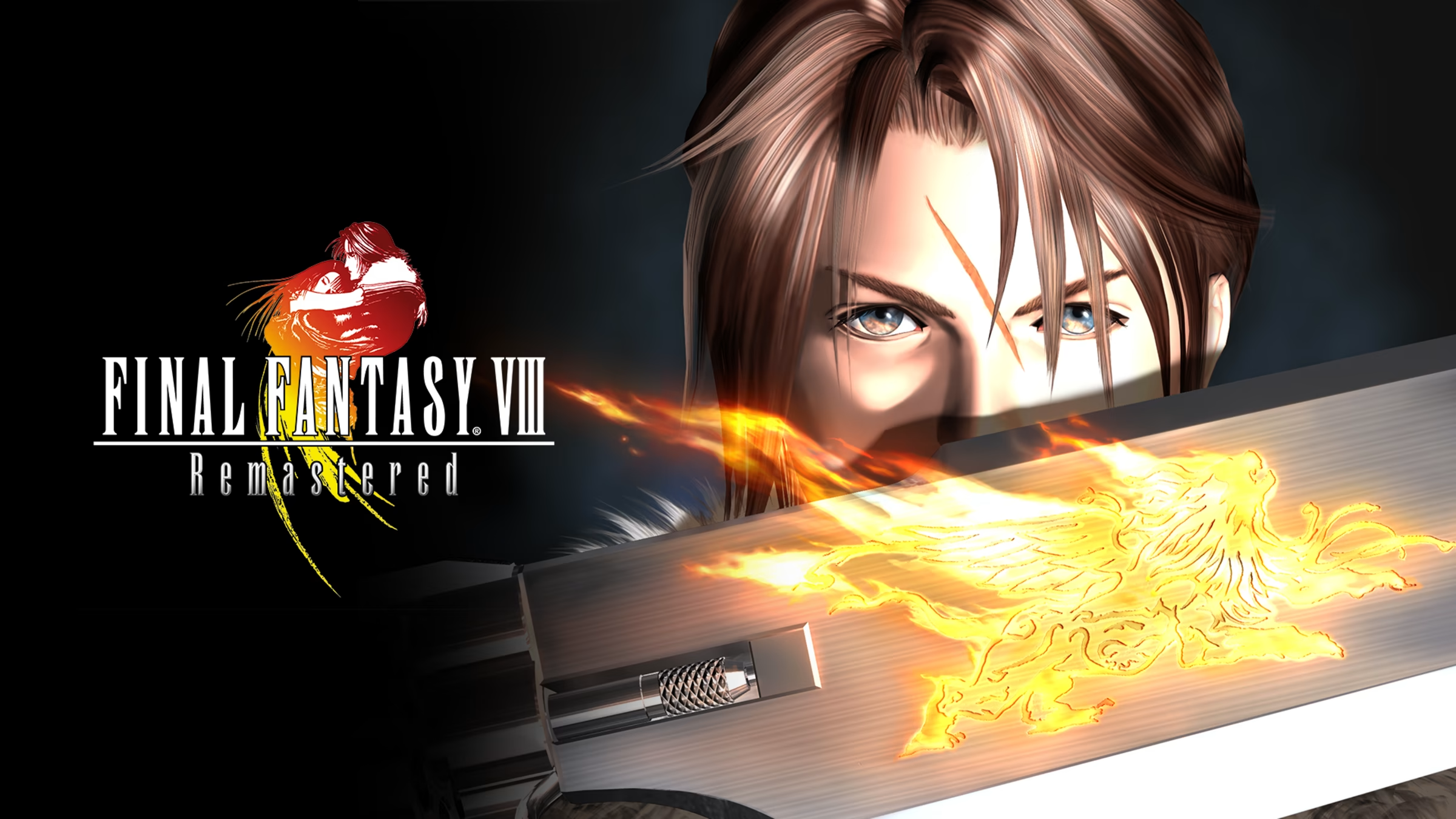
In the sequel to Final Fantasy VII, a team of young mercenaries known as SeeD, led by Squall Leonhart (also known as Leon in the Kingdom Hearts series), assist the Forest Owls group.
This initially simple task quickly spirals into a full-blown conflict when Sorceress Edea takes over a powerful military state and plans to manipulate time.
While battling against Edea, Squall grapples with his own purpose and finds himself falling in love with Rinoa Heartilly, the leader of the Forest Owls.
In the game Final Fantasy VIII, the gameplay includes the ATB (Active Time Battle) system, but it introduces significant changes to the character leveling system. Unlike previous games, Final Fantasy VIII replaces the Magic Points-based spell-casting system.
Instead, players must collect, draw, and create magic from items to enhance their characters’ abilities using the junction system. Additionally, this game stands out as the first in the series to feature a vocal theme in its soundtrack, including the song “Eyes On Me” performed by Hong Kong pop star Faye Wong.
11. Final Fantasy IX

In the initial Final Fantasy game of the new millennium, a character named Zidane Tribal, who is a thief, is given the mission to abduct Princess Garnet Til Alexandros XVII from Alexandria. This action is part of a conflict against the neighboring country of Lindblum.
However, as the story progresses, Zidane’s group of thieves ends up becoming the protectors of the princess. Zidane and Garnet join forces to overcome Queen Brahne, who initiated the war.
Even though it was released in 2000, Final Fantasy IX opted for a nostalgic retro-style RPG design instead of transitioning to 3D graphics like most game franchises at the time. Square Enix, however, still incorporated CGI graphics to bring the characters and the world of Gaia to life.
12. Final Fantasy X
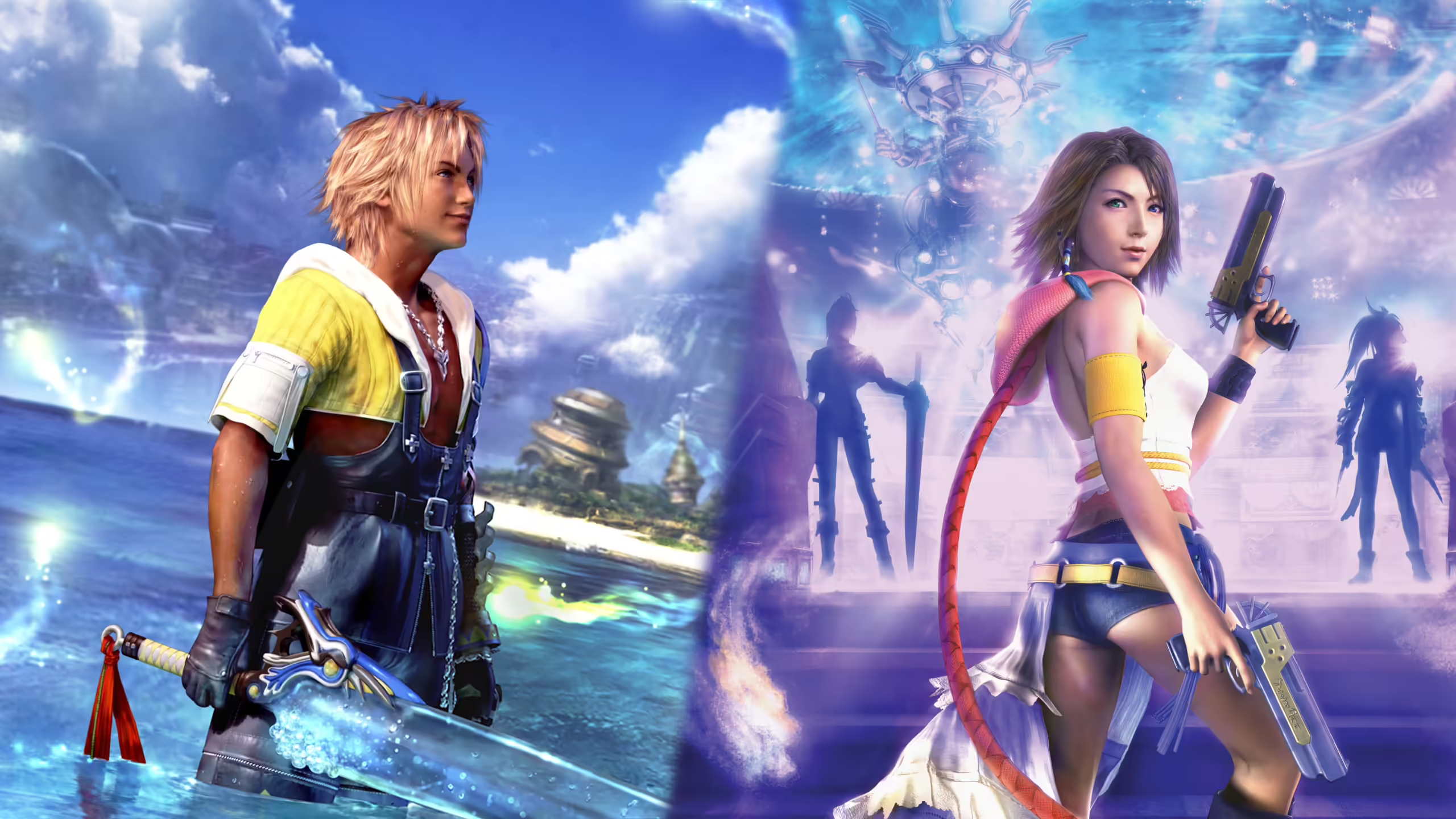
Final Fantasy X holds a special place in the hearts of many gamers, ranking closely with the ever-popular Final Fantasy VII. It’s not just because it was the first Final Fantasy game released for the PlayStation 2, but also due to its captivating storyline.
The game follows the journey of Tidus, a renowned blitzball player, who finds himself transported to the enchanting world of Spira. Spira draws inspiration from the South Pacific, Thailand, and Japan.
Tidus embarks on an epic quest alongside summoner Yuna and her loyal companions to vanquish the monstrous Sin, which destroyed his hometown of Zanarkand. Along the way, Tidus discovers that Sin’s true identity is none other than his long-lost father, Jecht.
Their mission becomes not only to defeat Sin but also to restore peace and tranquility to the land, known as the Calm.
In the Final Fantasy series, a new game introduced a different battle system called the Conditional Turn-Based Battle system. This system replaced the traditional Active Time Battle (ATB) and utilizes an Act List to determine the order of characters’ turns based on their stats.
Additionally, this game also introduced a unique leveling system known as the Sphere Grid. This system guides characters along a specific path, enhancing their stats and abilities, and grants them access to all their abilities once it is fully unlocked.
13. Final Fantasy X-2

Following the events of Final Fantasy X, Yuna embarks on a new journey as a sphere hunter alongside her companions Rikku and Paine, forming a group known as the Gullwings. Their main objective is to locate Tidus, or someone bearing a striking resemblance to him.
However, their search becomes entangled in a complex political struggle that the Gullwings must resolve before it erupts into a full-blown war. This conflict centers around a clandestine weapon designed to bring destruction upon the land of Spira.
Final Fantasy X stands out as the initial game in the franchise to have an official sequel. Moreover, it is notable for being the first game to feature an all-female cast and offer various potential endings.
The game brought back the Active Time Battle (ATB) system but improved it by enabling characters to interrupt enemies during their attack preparations. Additionally, it introduced dresspheres and the Garment Grid, innovative features that allow characters to switch their character class in the midst of a battle, thereby impacting the outcome of the fight.
14. Final Fantasy XI
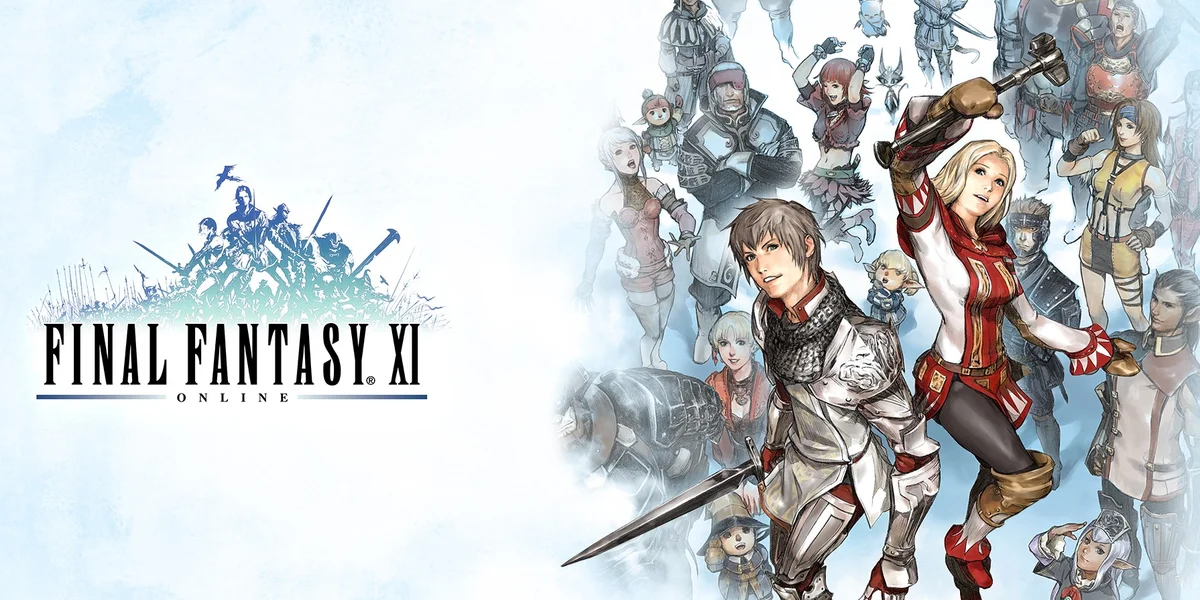
Square Enix decided to follow the footsteps of World of Warcraft and transformed Final Fantasy XI into a massively multiplayer online role-playing game (MMORPG) rather than a traditional console game.
In this game, players have the ability to personalize their characters and choose from various races that inhabit the world of Vana’diel, such as Humes, Elvaan, Tarutaru, Mithra, Galka, and more.
The main objective of the game is to defeat the Shadow Lord, a demonic leader who emerged after the Crystal War and unleashed his beastmen armies to wreak havoc upon the land, albeit in a somewhat disorganized manner.
In 2016, the support for Final Fantasy XI on PS2 and Xbox 360 was discontinued. However, fans can still enjoy the game on their PCs. There were speculations last year about the game being shut down due to its age of over 20 years.
However, director Yuji Fujito clarified that this was not true. Therefore, the game is still thriving and cherished by numerous retro Final Fantasy enthusiasts.
15. Final Fantasy XII

The storyline of Final Fantasy XII takes place in the fictional realm of Ivalice, which is plagued by an ongoing conflict between the Archadia and Rozarria empires.
After the nation of Dalmasca is conquered by Archadia, Princess Ashe takes a stand against their oppressive rule by forming a resistance movement.
During her journey, she encounters a young aspiring sky pirate named Vaan, and together they join forces to fight against the tyrannical Archadian Empire.
After the release of Final Fantasy X-2, Square Enix took three years to develop Final Fantasy XII. This installment of the popular game series was a huge success, winning multiple Game of the Year awards.
In 2007, a sequel called Final Fantasy XII: Revenant Wings was released for the Nintendo DS. More than ten years later, a remastered version of the game titled Final Fantasy XII: The Zodiac Age was launched on various platforms including the PS4, Xbox One, Nintendo Switch, and Windows.
16. Final Fantasy XIII
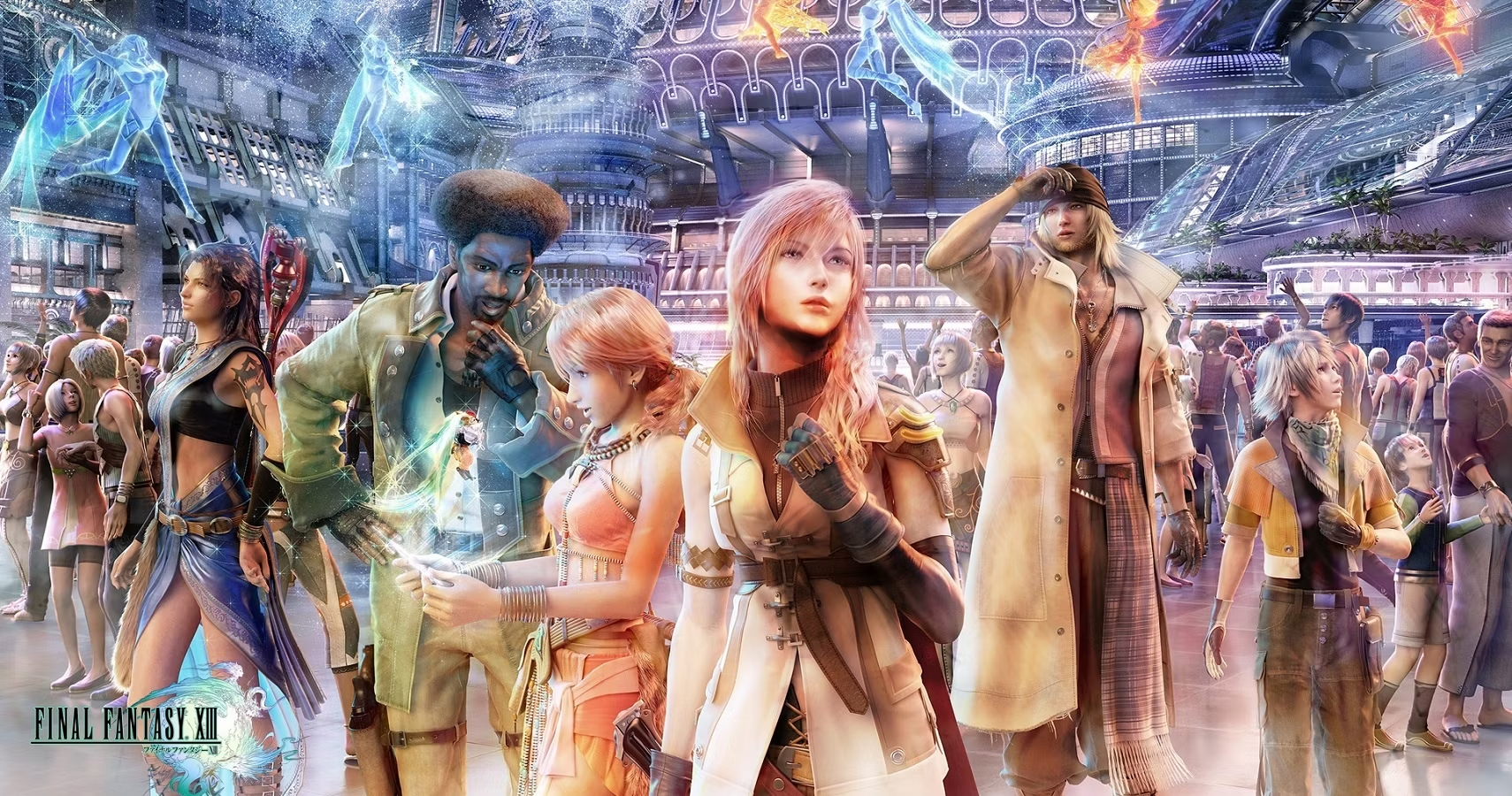
In the series of Final Fantasy games, Lightning stands out as the first female protagonist, with the exception of Yuna from Final Fantasy X-2. She is a former soldier residing in the floating world of Cocoon.
However, her peaceful life takes a drastic turn when her sister Serah disappears. The government of Cocoon, known as Sanctum, accuses Serah of being an enemy due to her encounter with a god-like creature from Pulse.
Determined to find her sister, Lightning embarks on a journey and is accompanied by a group of allies. Together, they unite against Sanctum, who has authorized a purge on citizens who have had contact with Pulse. The outcome of their mission holds the fate of the world in the balance.
The negative reception of this game was not due to its female protagonist, but rather because of its complex battle systems – Command Synergy Battle and Paradigm Shift – and linear maps. However, despite these criticisms, it still garnered a positive response and gave rise to two additional direct sequels.
17. Final Fantasy XIII-2
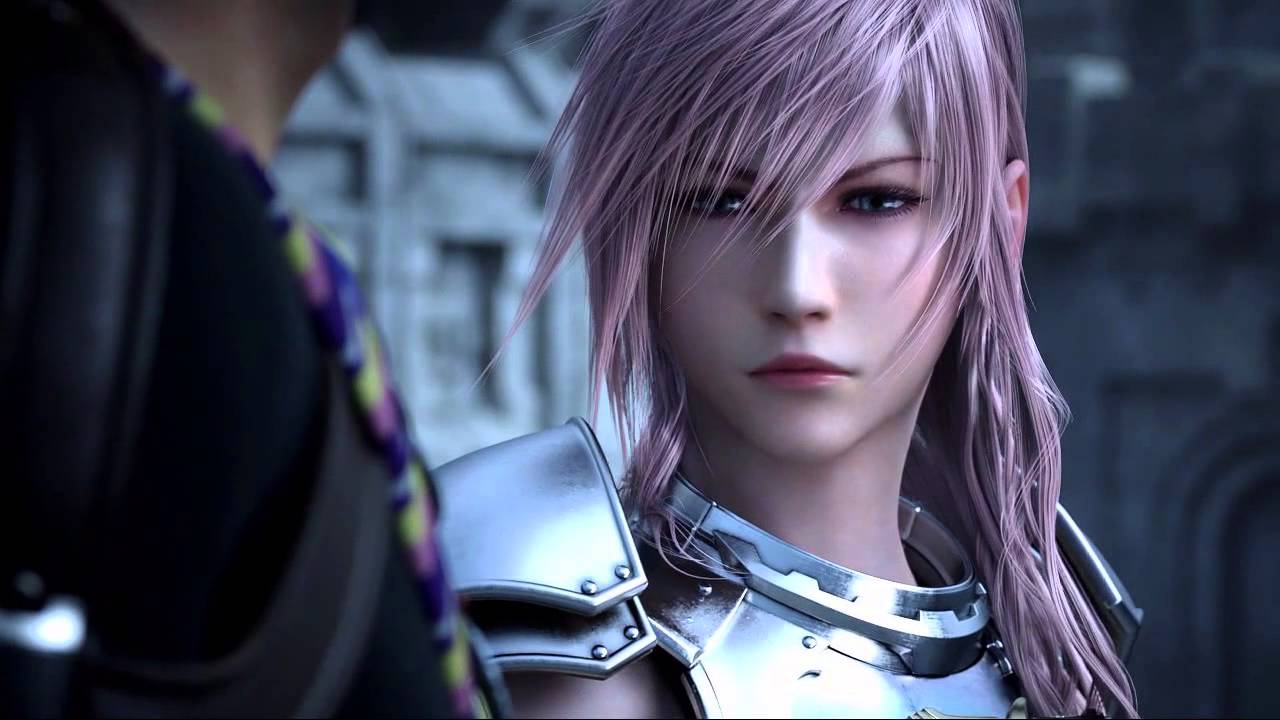
Following the events of Final Fantasy XIII, the protagonist Serah embarks on a journey alongside a young man named Noel Kreiss. Together, they traverse through different periods and dimensions in search of Lightning.
Meanwhile, Lightning herself is thrust into Valhalla, an otherworldly realm that exists between life and destruction, in an era far beyond their own. In this realm, she serves as a guardian to the goddess Etro, engaging in a fierce battle against Caius.
The Final Fantasy XIII-2 game kept the Command Synergy Battle and Paradigm Shift systems from its predecessor, but made enhancements to ensure smoother battles. Additionally, a new feature called Mog Clock was introduced, which encourages players to engage with monsters on the field and attack them before time expires, granting them an advantage in combat.
18. Lightning Returns: Final Fantasy XIII

In the concluding chapter of the Final Fantasy XIII series, the protagonist, Lightning, emerges from a deep slumber lasting 500 years only to be confronted with the impending doom of the world within a mere 13 days.
Tasked by the deity Bhunivelze, Lightning embarks on a mission to rescue humanity. However, as she progresses, she uncovers the true nature of the world’s destiny and the ulterior motives of Bhunivelze.
This particular game received criticism from players due to its inclusion of a countdown clock that indicated the remaining time until the game ended, imposing a rigid time constraint on both main missions and optional side quests.
However, the game managed to redeem itself through its innovative adaptation of the Command Synergy Battle system, which incorporated real-time elements allowing players to freely control Lightning’s actions and movements.
19. Final Fantasy XIV

The games in the Final Fantasy series are known for their captivating storylines. In Final Fantasy XIV, players embark on a journey where their character is transported five years ahead in time to evade the devastation caused by the powerful dragon Bahamut in the realm of Eorzea.
Upon arriving in the “Age of Calm,” players must take on the responsibility of reconstructing the land while also facing the constant danger of an impending invasion by the Garlean Empire.
The development of Final Fantasy XIV was quite complex, particularly because it is the second MMORPG in the series. The initial release in 2010 faced controversy as it was unfinished, but the servers remained active until November 2012.
In the following year, Square Enix released Final Fantasy XIV: A Realm Reborn, which received positive feedback. Since then, the game has seen the release of four expansions: Heavensward, Stormblood, Shadowbringers, and Endwalker.
20. Final Fantasy XV

In the previous game, the main character is Noctis, a prince from the kingdom of Lucis. He is preparing to marry his childhood friend, Lunafreya, when he embarks on a mission to retrieve the stolen Crystal from Niflheim. The Crystal was taken during an attack on the Lucian capital, Insomnia, which resulted in the death of Noctis’s father.
This attack occurred just as peace negotiations between the two empires were about to take place. Throughout his journey, Noctis discovers that it is his destiny to harness the power of the Crystal in order to save the realm of Eos from eternal darkness.
The Final Fantasy series has consistently impressed players with its breathtaking graphics and captivating gameplay. Final Fantasy XV, in particular, has received high praise for its stunning visuals, such as the ability to explore the world in the Regalia and engage in intense battles through the Active Cross Battle system.
The game’s soundtrack, which includes a rendition of “Stand By Me” by Florence + The Machine and contributions from Afrojack, adds to the immersive experience. Additionally, Final Fantasy XV has inspired spin-off games, an anime series called Brotherhood: Final Fantasy XV, and a feature film titled Kingsglaive: Final Fantasy XV.
21. Final Fantasy 16
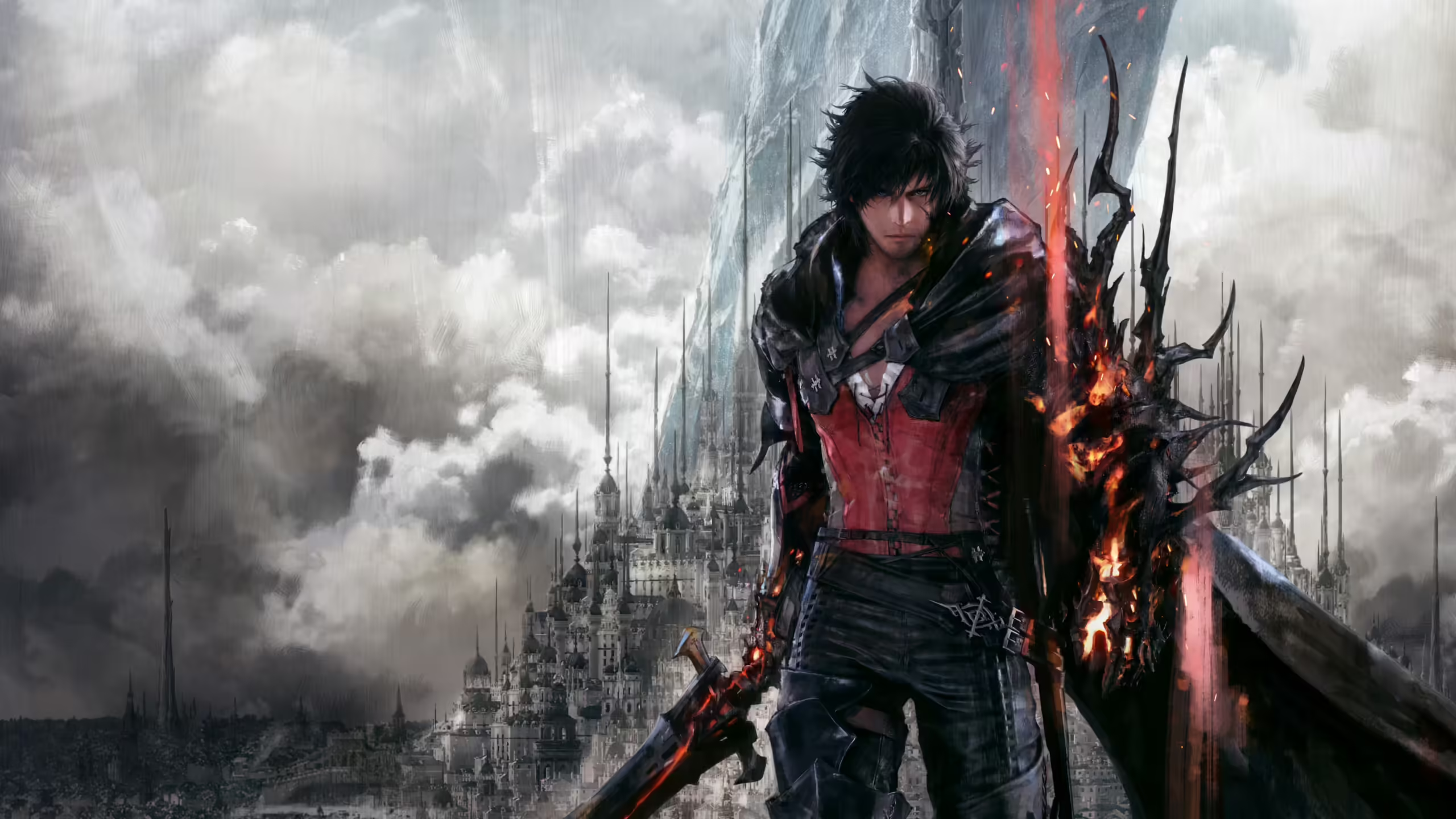
The newest addition to the Final Fantasy franchise has just been released, and it brings a fresh take on the series. Final Fantasy 16 introduces a third-person action style and fast-paced combat, which adds an exciting new element to the game.
If you’re unsure whether you can start playing Final Fantasy with this installment, rest assured that you can. Despite the gameplay changes, the characters and story still capture the essence of what makes Final Fantasy games so beloved.




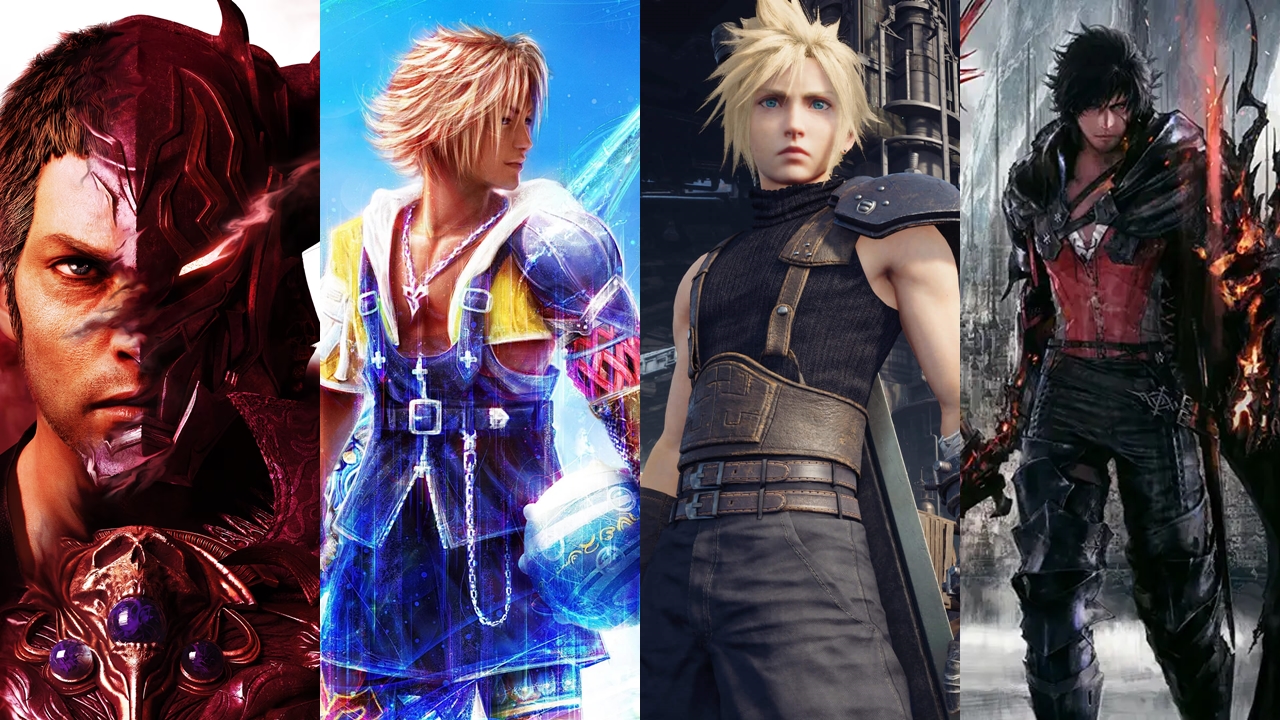





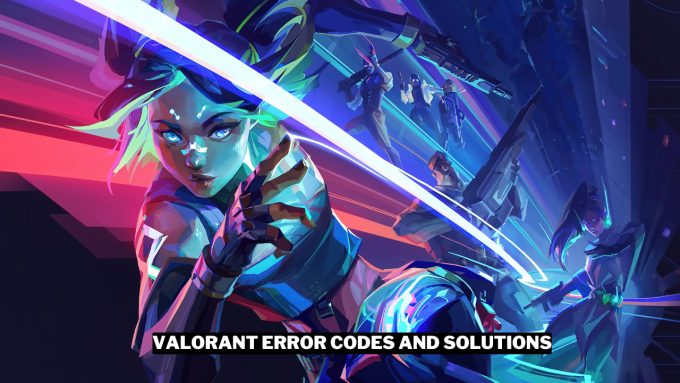


Leave a comment